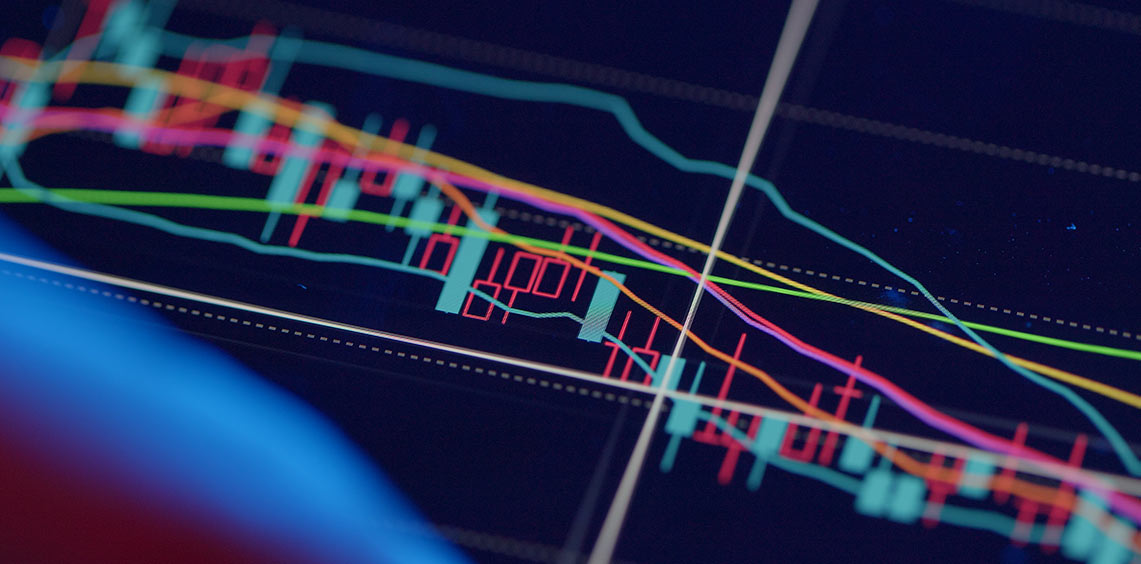It’s “On The Line”

With the second wave of COVID-19 dominating headlines, it’s natural to wonder what the economic impact may be this time around as compared to Q2. While partial shutdowns are occurring and “reopening” phases are being reversed, as yet we have not witnessed the blanket shutdowns that we saw in the spring. However, that doesn’t mean the U.S. economy can’t be adversely affected, so let’s take a step back and see where we are as we enter the final month of 2020 (I heard the cheers when you read that).
After Q3’s record-setting increase of +33.1% in real GDP, there’s no doubt the economy had some momentum to begin the final three months of the year. The concern is whether that momentum can be sustained, given the second COVID-19 wave. The data has been a bit of a mixed bag on that front. Consumer spending has continued to provide support, albeit at a reduced pace. More recently, news reports surrounding Black Friday and Cyber Monday sales trends have tended to underscore where we are in 2020. According to reports, foot traffic to physical locations appears to have been cut in half, but online (“on the line,” thanks to Vince Vaughan in The Internship) sales rose considerably. Can “on the line” purchases offset “floor traffic”? Great question! And with the Christmas shopping season upon us, we’ll find out pretty quickly as we’re bound to read/hear about updated sales tallies.
On some other fronts, weekly jobless claims (a leading indicator) have been on the rise, and anecdotal data on in-person dining is showing the negative impact from the pandemic again. But the Purchasing Managers’ Index (PMI) gauge rose to its highest level in five years in November, led by gains in manufacturing and, perhaps more importantly, the service sector. Remember, the service sector was the area of the economy hit the hardest earlier this year.
Conclusion
Our reasonable case scenario implies that growth will slow during the second half of Q4 and the start of 2021. But according to most early GDP forecasts, it looks like a positive performance is still expected for the final three months of this year. The Atlanta Fed’s GDPNow measure estimates Q4 real GDP at +11%. While this gauge was a good indicator for the actual Q3 growth number, it seems too high this time around.
Perhaps the most interesting part of this story is that, based on GDP data, the U.S. economy could be on the verge of coming all the way back to pre-pandemic numbers much sooner than expected. Just a few short months ago, this scenario would have been dismissed out of hand.
Disclaimer: Investors should carefully consider the investment objectives, risks, charges and expenses of the Funds before investing. U.S. investors only: To obtain a prospectus containing this ...
more


